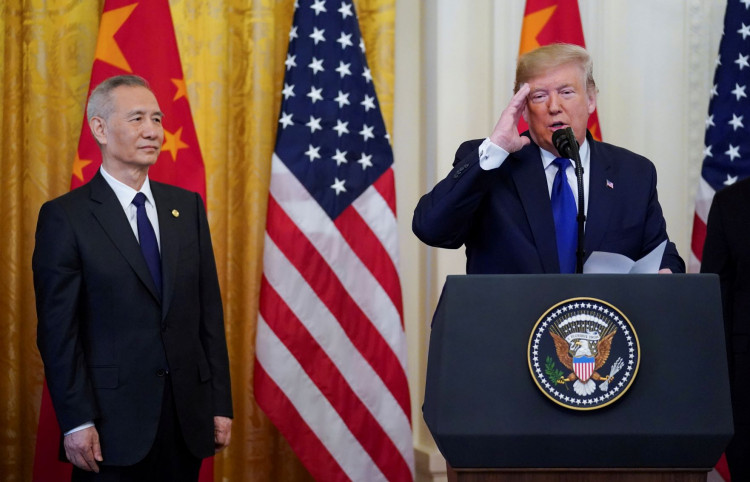Trade groups are having a mixed reaction about the China-Us phase one deal signed on January 15. One general sentiment is that the tariffs already imposed remained, which means businesses will continue to shoulder hefty taxes on imports and exports to the detriment of their production and overhead expenses.
Businesses can breathe a sigh of relief knowing the worse is over, according to Stephen Lamar, president of American & Footwear Association. However, businesses are left with tariffs that are going to take effect on February 14. These taxes were the ones imposed before the world's two largest economies finally see eye-to-eye and agreed to seal the deal on phase one deal.
For Neil Bradley, executive vice president, and chief policy officer, of the Chamber of Commerce, the phase one deal is just a portion of what could be a multi-phase deal. The business industry could at least look forward to moving to Phase two. He said there might be a more positive takeaway for the business sector after the phase two deals is signed. He believes that more pressing trade issues are to be tackled when phase two is put on the table.
U.S. Vice President Mike Pence said that officials have already begun discussing the phase 2 deals. He said talks started hours after sealing the deal for faze one.
Still, Bradley said, the phase one deal is significant in that there will be no more additional tariffs. The Trump administration, in fact, cut taxes on $120 billion in products ahead of the deal. They also canceled taxes that were supposed to take effect in December. Bradley added that the world's two largest economies should discuss the next issues on intellectual property and state subsidies for Chinese companies.
On Wednesday, China agreed to buy $200 billion of American products and other forms of services for the next two years. That was quite an improvement given that China only bought US products worth $185 billion in 2017 before US President Donald Trump called the country out for alleged unfair trade practices.
If agreements within the signed phase one deal holds true and both parties deliver their pledges, China will be buying more than $260 billion of American products in 2020 and about $310 billion more in 2021.
The U.S. had a trade deficit with China of about $378.2 billion in 2018. If phase one deal holds, all is equal between the two nations, at least in theory.






